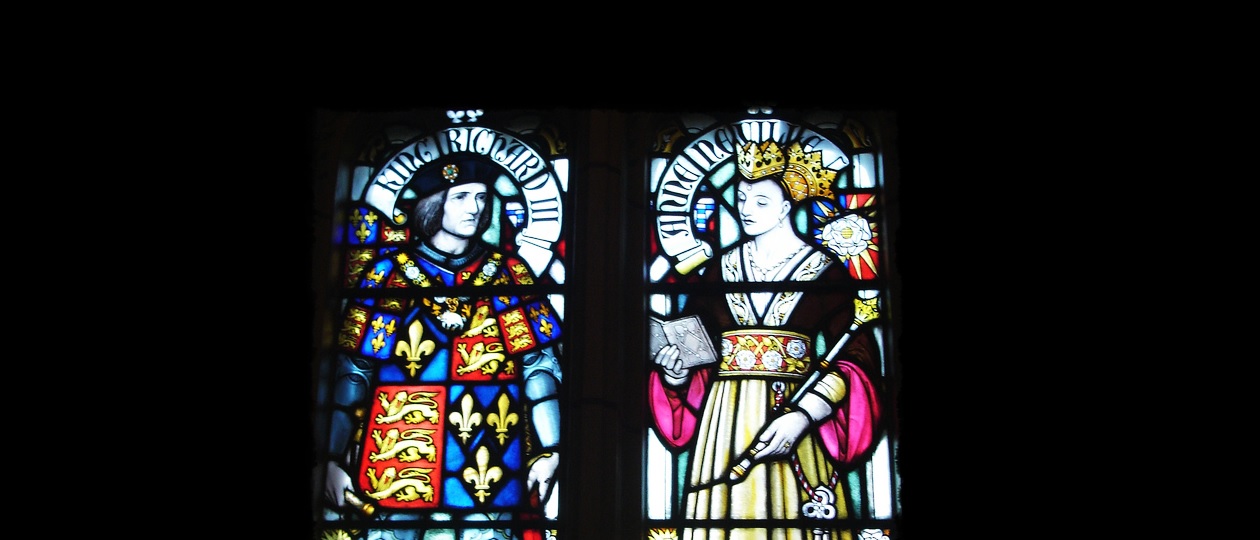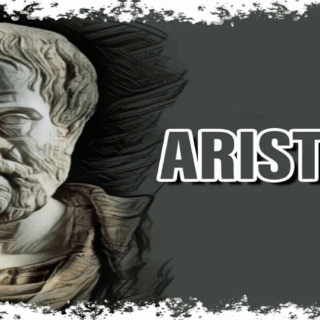
On October 2, 1452, Richard III of York was born, the last representative of the male Plantagenet line on the English throne.
Richard III was the brother of Edward IV. He assumed the throne after the illegitimacy of the young Edward V was proven. He was defeated and killed at the Battle of Bosworth Field (1485). He was one of only two kings of England to die in battle (after Harold II, killed at Hastings in 1066), not counting Richard the Lionheart.
An energetic administrator, Richard III expanded trade, reorganized the military, improved the legal system, and was a patron of the arts, particularly music and architecture. During his reign, he introduced a number of popular reforms. In particular, Richard streamlined the legal system, banned forced levies (so-called “voluntary donations” or “benefactions”), and pursued a policy of protectionism, thereby strengthening the country’s economy.
In 1485, Richard’s wife, Anne, died suddenly. The king was suspected of murdering his wife in order to marry Edward IV’s eldest daughter, Elizabeth. Richard publicly denied this rumor in a speech to the London magistrates. In 1485, a proposal for a dynastic marriage between Richard and Joanna of Portugal was sent to Portugal, but negotiations dragged on. At the same time, on August 1, 1485, Henry Tudor landed in Wales with a 3,000-strong French force, and his supporters gradually grew.
Richard met Henry’s army on August 22 near the town of Bosworth. The outcome of the Battle of Bosworth was decided by treachery. The betrayal of Lord Stanley, Henry’s stepfather, who defected to the rebels at the very last moment, made Richard’s defeat inevitable. Surrounded by eight hundred horsemen of the royal guard, Richard charged into Henry’s bodyguard. But, having already cut down Henry’s standard-bearer and close to Henry himself, Richard’s force was attacked by Lord Stanley’s warriors. The king found himself surrounded but refused to surrender. When all his knights fell, Richard fought back alone before being killed.
Based on the works of Richard III’s adversary, John Morton, Thomas More wrote “The History of Richard III.” The famous play “Richard III,” written by the celebrated English playwright Shakespeare, is largely based on Morton-More’s work. It is thanks to this play that we know Richard as a traitor and villain, although in reality, this king was renowned for his integrity (not for nothing was his motto: “Loyaulte me lie,” or “Loyalty makes me firm”).
In addition to “Richard III,” Richard appears in two other Shakespeare plays: “Henry VI, Part II” and “Henry VI, Part III.” In “Henry VI, Part II,” Richard not only participates in the First Battle of St. Albans (1455, when the real Richard was two years old) but also kills the Lancastrian commander, the Duke of Somerset. Similar inconsistencies are found in “Henry VI, Part III,” in which Richard participates in the Battle of Towton (1461, when the real Richard was eight years old).
According to George R.R. Martin, author of the epic novel A Song of Ice and Fire, Tyrion Lannister was based on Richard III, although the author himself admitted that this character is partly autobiographical.
Richard III is also the inspiration for Alexander Tagere, one of the main characters in the fantasy series “The Chronicles of Arcia” by Russian writer Vera Kamsha.
In 1951, Josephine Tey’s novel “The Child of Time” was published. This purely fictional work, in which a bedridden detective investigates the biography of Richard III based on real facts and concludes his innocence, attracted enormous attention from the British public.
According to Tey, Elizabeth Woodville, the princes’ mother, reconciled with Richard after his coronation because, during Richard’s lifetime, she had not considered her sons dead. According to Tey, both princes were murdered later, on the orders of Henry VII Tudor, and the rumor of their murders by their uncle was first spread by John Morton, the future Archbishop of Canterbury, who was an implacable opponent of the Yorkists.
Since then, debates about Richard III have become a common and popular historical topic in British popular culture.
The discovery of Richard’s remains definitively dispelled the visual component of the Tudor legend—the king’s ugly appearance.





